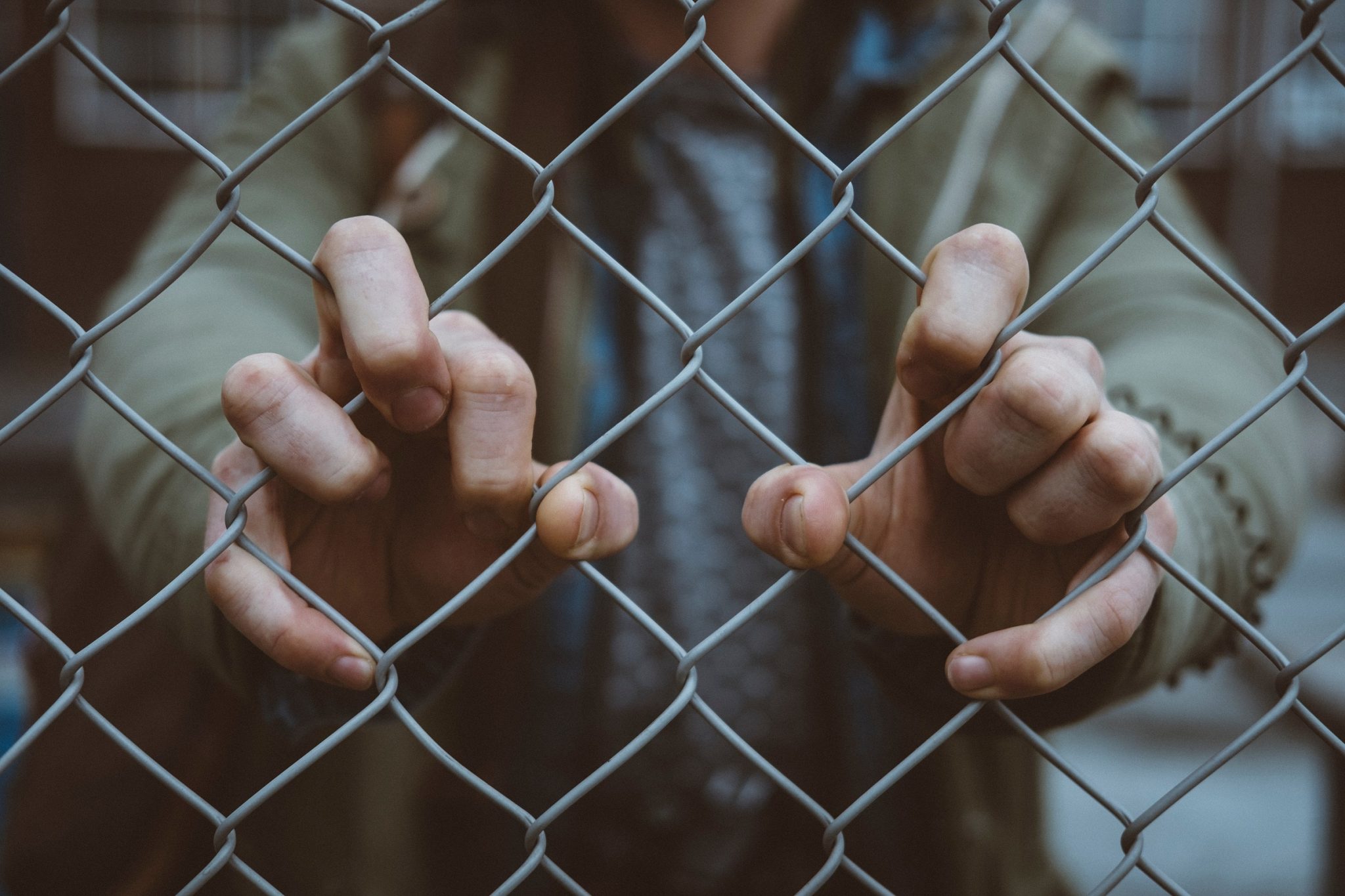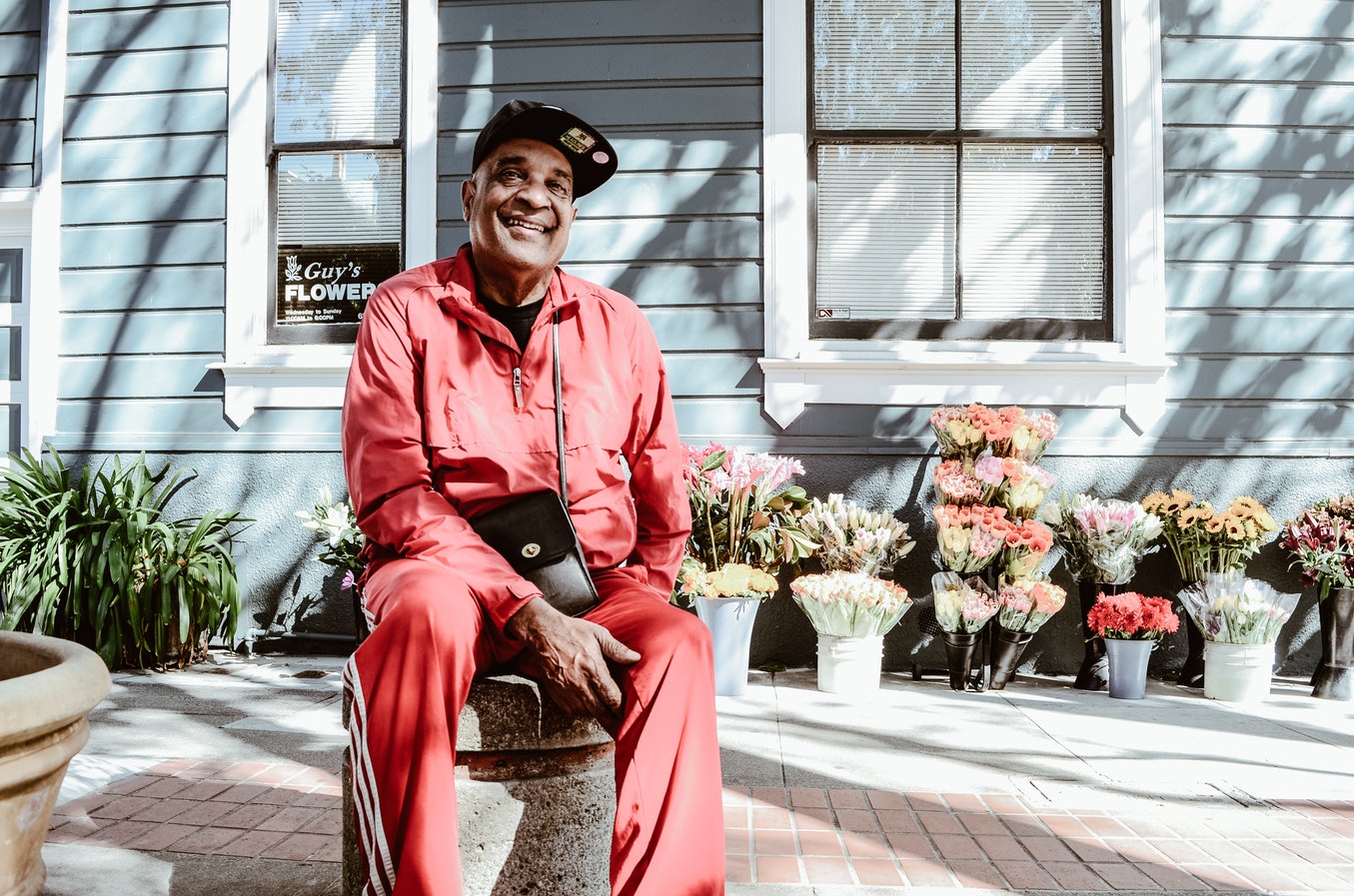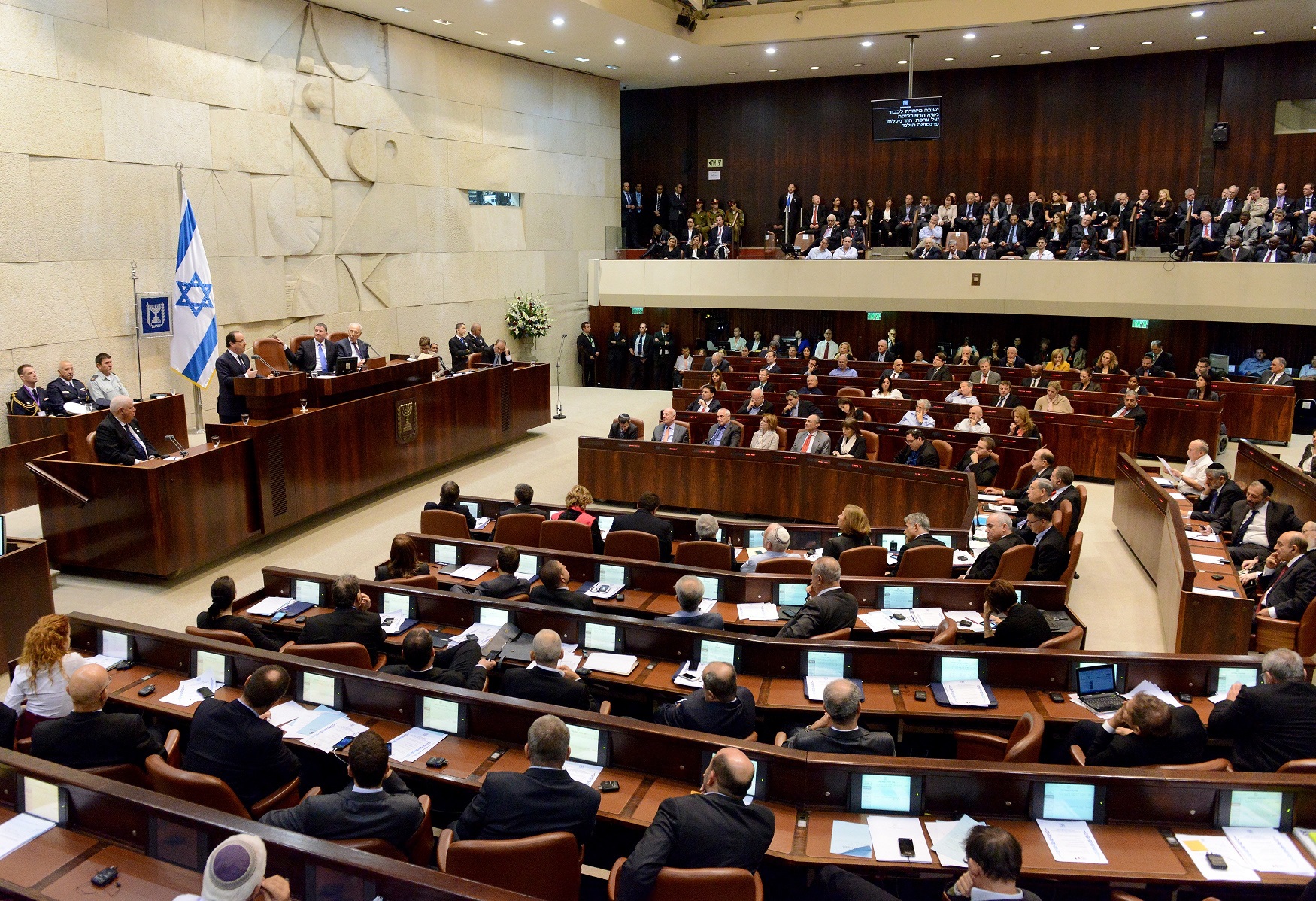Security Screening Delays Disrupt International Students’ Lives
International Students Subject to Screening Delays Despite Initial Screenings as Student Applicants
To strengthen Canada’s economy, Canada targets top skilled talent from around the world, including the world’s top international students. By lowering tuition costs, offering grants, and awarding scholarships, Canadian universities attempt to make it easier for international students to study in the country.
But when it comes to keeping this talent in the country through permanent residency and citizenship, challenges arise, especially for Iranian students.
According to a recent CBC News article, over 300 Iranian graduate and postgraduate students are experiencing longer-than-average wait times for permanent residency applications processing. For many, security screenings are the cause of the delays.
Screened Twice
Security screenings are a necessary part of any permanent residency application. However, Canadian officials already vetted these students as part of the international student application process.
What’s more, they’ve lived in the country for many years during their studies, building lives and finding a community. Now they appear to be singled out based on their nationality.
The estimated wait time for processing permanent residency applications is six months. However, many Iranian students have been waiting several years.
Impact on Lives and Careers
In the meantime, these students have had to put their academic and professional lives on hold. While waiting for decisions on permanent residency, these students are not allowed to leave the country. Nor are they able to accept job offers. They are missing out on important opportunities and experiences that will affect their lives.
Iranian students are asking why Canada would invest in their academic careers yet make it difficult for them to stay and start their professional careers. Some of these students have received prestigious Canadian awards and scholarships for their research. All the same, they are unable to accept job offers due to the delays. Those forced to wait are suffering from stress, anxiety, and depression. These students don’t understand why the government is taking so long to process their applications.
A spokesperson for Immigration, Refugees and Citizenship Canada (IRCC) said security screenings are part of the application process, regardless of country of origin. All the same, these security screening delays appear to be specifically affecting applicants from Iran.
Agencies outside of IRCC conduct the security screenings, including the RCMP, Canada Border Services Agency, and Canadian Security Intelligence Service. The delays could be part of the current backlog in the immigration system. But this doesn’t answer the question of why international students specifically from Iran face extended delays, especially when Canada previously vetted them to study here.
Home Countries Refuse Criminal Deportees from Canada
Critics are calling on Canada to Pressure Countries that Refuse to Accept Criminal Deportees
A country must put the safety and security of its citizens first. It’s this duty that leads to Canada issuing removal orders for non-citizens who commit violent crimes. The criminals who receive these orders are deported to their country of origin – or at least, that’s how it is supposed to work. However, many of these countries refuse to accept criminals who have received a removal order from Canada.
Decrease in Successful Removals
The Immigration and Refugee Board (IRB) orders the removal of newcomers who have committed crimes in Canada. These crimes fall under the categories of security, human rights abuses, serious crimes, and organized crime. Crime-related deportation orders are to be enforced as soon as possible in the interest of public safety and security.
If the Canadian government cannot successfully deport foreign citizens who have committed serious crimes, then Canada can either detain them (often for an indefinite amount of time) or allow them to remain in Canada.
The number of removal orders has been steady over the years, but the number of successful removals may be declining. Some deportees remain in Canada for more than a decade after their first criminal offence and removal order.
At a Standstill
Canada seems to be facing a standstill with countries who refuse to accept criminal deportees. The Canadian immigration system may become overwhelmed with a growing backlog of removal cases.
Reasons for this backlog include delays caused by:
- Appeals;
- Problems with properly identifying some deportees—i.e. they lack official identification;
- Current prison sentences; and
- Danger in their home countries—the dangers they face if deported outweigh the risk they pose to Canadians.
There are insufficient resources and workers to ease this backlog, which is worsened when the country of origin refuses to accept criminal deportees. Even if Canada attempts to enforce a deportation order, the individual in question still requires necessary travel documents to return home.
Critics of the deportation system say that Canada needs to put more pressure on countries who won’t issue travel documents, especially countries that receive Canadian assistance. Suggested actions include diplomatic pressure, trade sanctions, and stricter travel requirements. But until such problems are resolved, the backlog of removal cases may continue to grow, with more deportees either detained indefinitely or stuck in deportation limbo.
More Immigration Staff Required for Influx Of Asylum Seekers
Canada’s Customs and Immigration Union Raises Concerns over Lack of Staff to Handle Irregular Border Crossings
This summer could see another rise in the number of asylum seekers crossing into Canada at unofficial borders. Last year, the Trump administration announced the end of protected status for thousands of immigrants in the U.S. Many of those individuals hope to resettle in Canada, crossing at unofficial borders.
While they do have a chance to claim asylum by dodging official ports of entry, they still must have their asylum claims accepted to stay in Canada. Landing in Canada does not guarantee permanent protection. But for many, the chance is worth the risk in the face of deportation in the U.S.
This year’s influx may already be well on its way. Around 600 asylum seekers crossed into Canada at the unofficial border in Quebec over the Easter weekend.
Canadian Customs and Immigration Understaffed
The impending rise of asylum claims has Canada’s Customs and Immigration Union (CIU) raising concerns over the lack of staff and resources to handle another summer surge of border-crossers. The Union wants a government commitment to hiring more staff and has cautioned that, without staff increases, processing delays and backlogs will only get worse.
However, the government appears to be hiring less staff than are needed. The CIU’s national president said that for every 500 staffers who leave, the government hires 260 individuals to replace them. Unless the government meets staffing demands, the growing backlog and delays at customs will only worsen over the summer months.
Canadian Outreach to Counter Misinformation in the U.S.
Currently, Canadian officials are working with the U.S. to stop immigrants from crossing into Canada illegally.
Officials launched a “detect and correct” outreach program last year after the U.S. lifted protected status for many. This program reaches out to stakeholders and officials in areas with large immigrant populations.
The spread of misinformation about Canada's immigration system may have contributed to thousands crossing the border last summer. As a result, these outreach efforts focus on informing immigrants to use the regular channels to come to Canada.
Approximately 195,000 immigrants from El Salvador currently live in the U.S. Since they are the largest population of protected status immigrants, Canadian outreach has focused on educating El Salvadorans about immigration to Canada. As a result, various states are airing Spanish commercials and social media ads to help dispel misinformation and rumour.
Canada’s outreach program has been well-received, with community leaders and stakeholders getting involved and informing immigrant communities about the nature of the Canadian asylum system.
If Canada can put in as much effort with staffing as it does outreach, the summer influx of asylum seekers may be less overwhelming for workers and the immigration system as a whole.
How Immigration Can Help Offset Canada’s Aging Population
A Combination of Immigration and Extending the Retirement Age Can Help Strengthen Canada's Future
According to a recent article from The Globe and Mail, immigration is not the sole solution to help Canada’s economy and ageing population.
Canada’s population is ageing. Baby Boomers, Canada’s largest generation, are nearing or are already at retirement age. And Canadian women are not having as many children as they once were.
Canada’s fertility rates have not met the replacement rate of 2.1 needed for stable population growth since 1971. In addition, the life expectancy for Canadians has also increased by more than nine years. In short, Canadians are living longer and having fewer children and less frequently.
Without a young population to replace retiring workers, there will be fewer working-age Canadians contributing to the workforce and economy. This imbalance puts pressure on the standards of living, slows economic growth, and creates numerous fiscal challenges.
Health care and public pensions are a particular area of concern. As Canadians age and retire, they rely more on health care and public pension funds. A labour shortage means there won’t be enough health care workers to take care of an ageing population. Meanwhile, with fewer workers contributing to pensions or the tax base.
Without immigration, these issues would necessitate an increase in taxes. Thankfully, Canada’s internal population growth has been supplemented for years with immigration.
Immigration brings in young families and working-age newcomers. These newcomers fill workplace shortages and contribute positively to the economy. Unfortunately, immigration alone is not the solution to Canada’s ageing and retiring population.
For Canada to replace the number of retirees leaving the workforce over the next 40 years, the country would have to bring in a hypothetical 1.5 million immigrants annually. Currently, about one-third of that amount are admitted each year.
Thankfully, more Canadians are choosing to delay retirement. Employee and employer attitudes towards retirement are also shifting to support changing dynamics and structures. This leaves more Canadians in the working-age population and creates a healthier balance for the economy. A lower ratio of retirees to workers means less pressure on health care systems and better living standards.
If Canada encourages later retirement and realistically increases immigration numbers gradually over time, there will be a better balance, especially as more Canadians leave the workforce.
By the time most Canadians have retired, there will hopefully be enough working-age Canadians with the help of immigration to keep the economy going strong.
For more information on economic immigration programs, contact an immigration lawyer in Canada.
An Uncertain Future for African Migrants In Israel
Israel Agrees to, Then Walks Back, Agreement to Resettle Refugees from Eritrea and Sudan
The Israeli government has faced considerable international criticism of late following its agreement to and subsequent freezing of a plan to resettle thousands of migrants from African nations living illegally within the country.
Background and Developments
Many of the nearly 37,000 migrants facing resettlement come from conflicted regions of Africa, including Eritrea and Sudan. Though they are living illegally in Israel, they are nonetheless fleeing violence, conflict, and persecution in their home countries.
Plans to deport or resettle have been discussed as far back as 2012, but it wasn’t until early 2018 that Prime Minister Benjamin Netanyahu proceeded with the deportation order.
In response, the UN and various member countries pushed for an agreement to help resettle 16,250 Eritreans and Sudanese through sponsorships, family reunification plans, and labour migration on the condition that Israel halts its “non-voluntary relocation policy.” A similar number of migrants would remain within Israel under legal status.
Though Netanyahu publicly agreed to this plan, mere hours after its announcement, he announced he was immediately suspending the agreement.
Many right-wing Israelis oppose the agreement as it would allow thousands of migrants to resettle in Israel. The chief arguments against this settlement pertain to increased crime rates in neighbourhoods with large migrant populations (though some police reports show that several crime rates are on the decline), and a sense that these migrants erode Israeli national identity.
Partner Countries Still in the Dark
Complicating matters further, some of the resettlement countries named by Netanyahu claim they were not aware of the agreement in the first place. Canada, for instance, was named, though no official agreement existed. Both countries had, however, arranged to suspend the detention or deportation of those who have private sponsorship applications with Canada in progress. Italy, meanwhile, issued a statement denying the existence of any arrangement with Israel.
In addition, Canada has a pre-existing commitment with the UNHCR to resettle 10,000 refugees in 2018, as well as many private sponsors helping to resettle Eritrean and Sudanese refugees from Israel.
Refugee advocates are calling on the Canadian Government to improve the private refugee sponsorship program for these asylum seekers. One suggestion is to give more resources to the Canadian Embassy in Israel to help speed up the processing of applications. There are concerns that Netanyahu may not hold up his end of the UN agreement, and deport or detain these refugees in the future.
In 2006, a wave of asylum seekers from Eritrea and Sudan crossed Egypt’s Sinai Peninsula Desert, fleeing violence and persecution. Netanyahu described these migrants as “illegal infiltrators” who are trying to immigrate illegally for job opportunities. As a result, in 2014, Israel built an electric fence along the border of Israel and the Sinai Peninsula in Egypt.
The 242-kilometre electric fence slowed down and eventually stopped asylum seekers from crossing the border. But those who made it across are now unwelcome in Israel and face very uncertain futures.





